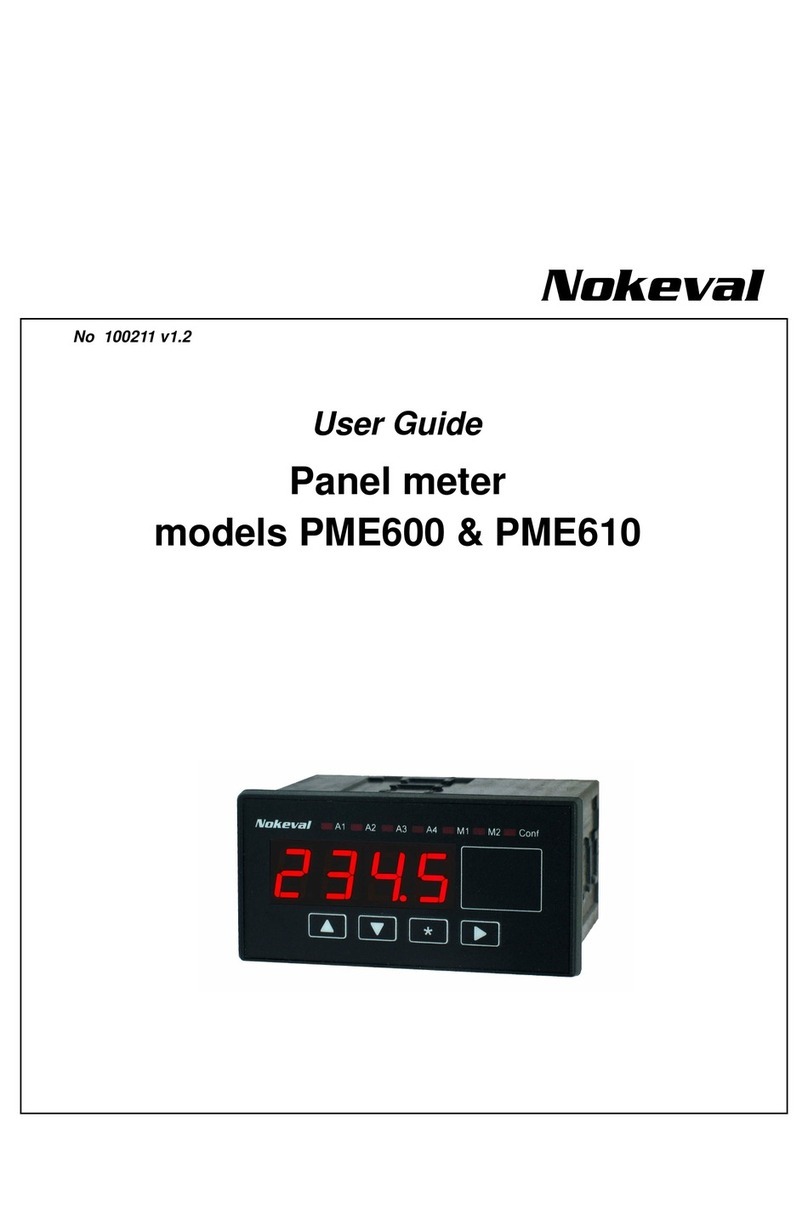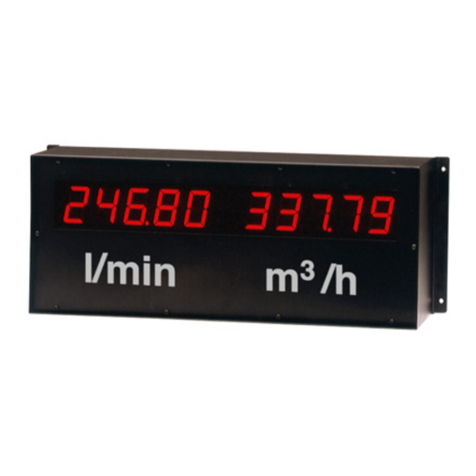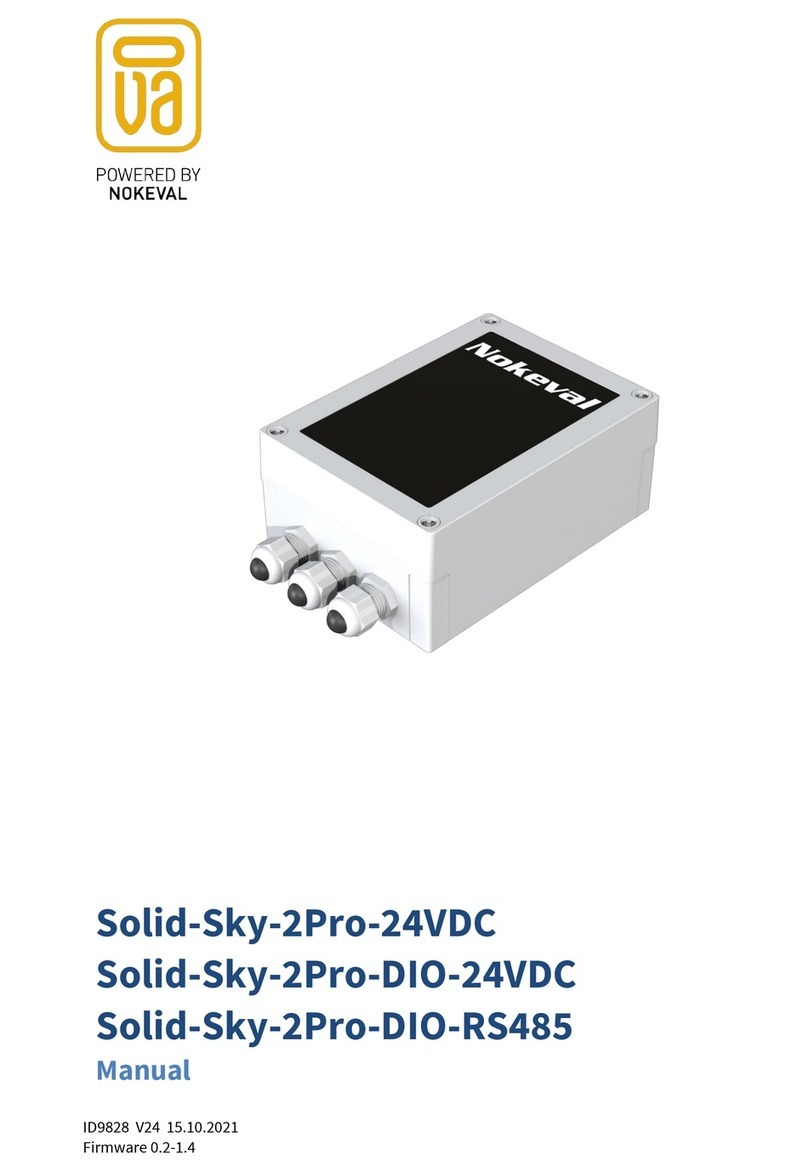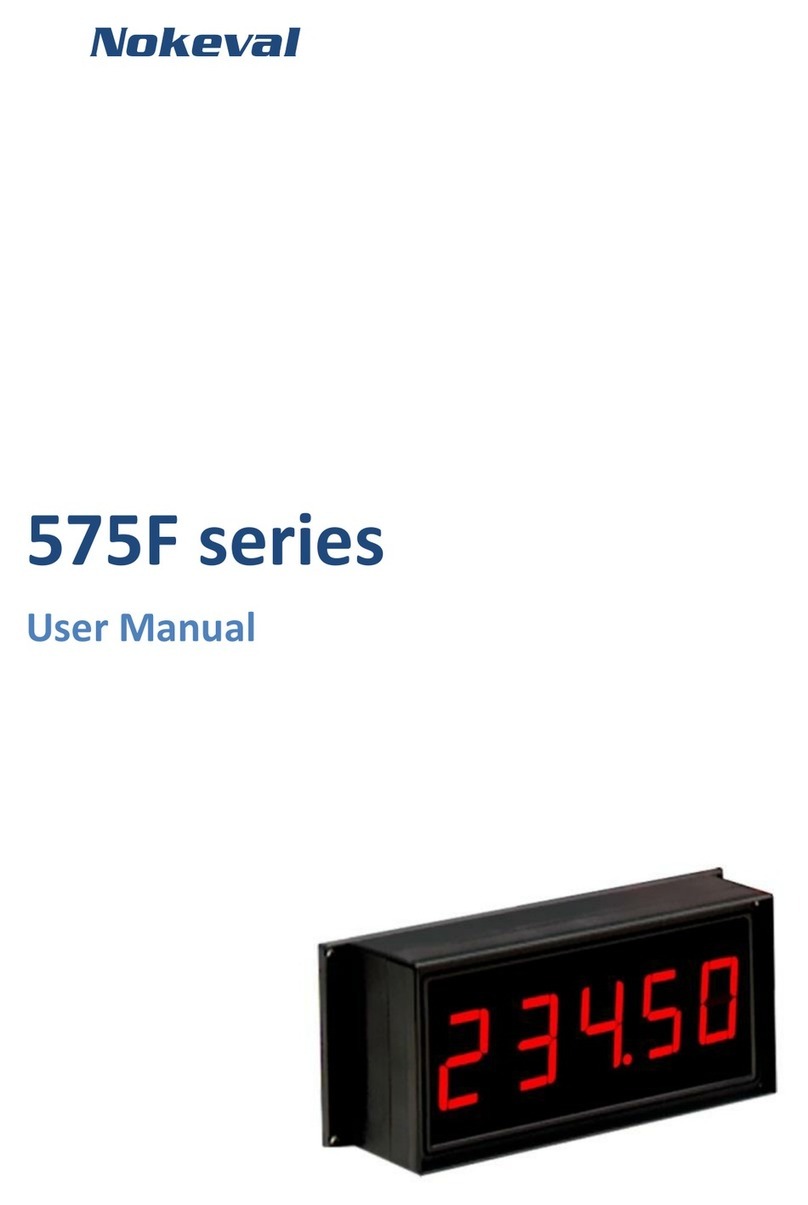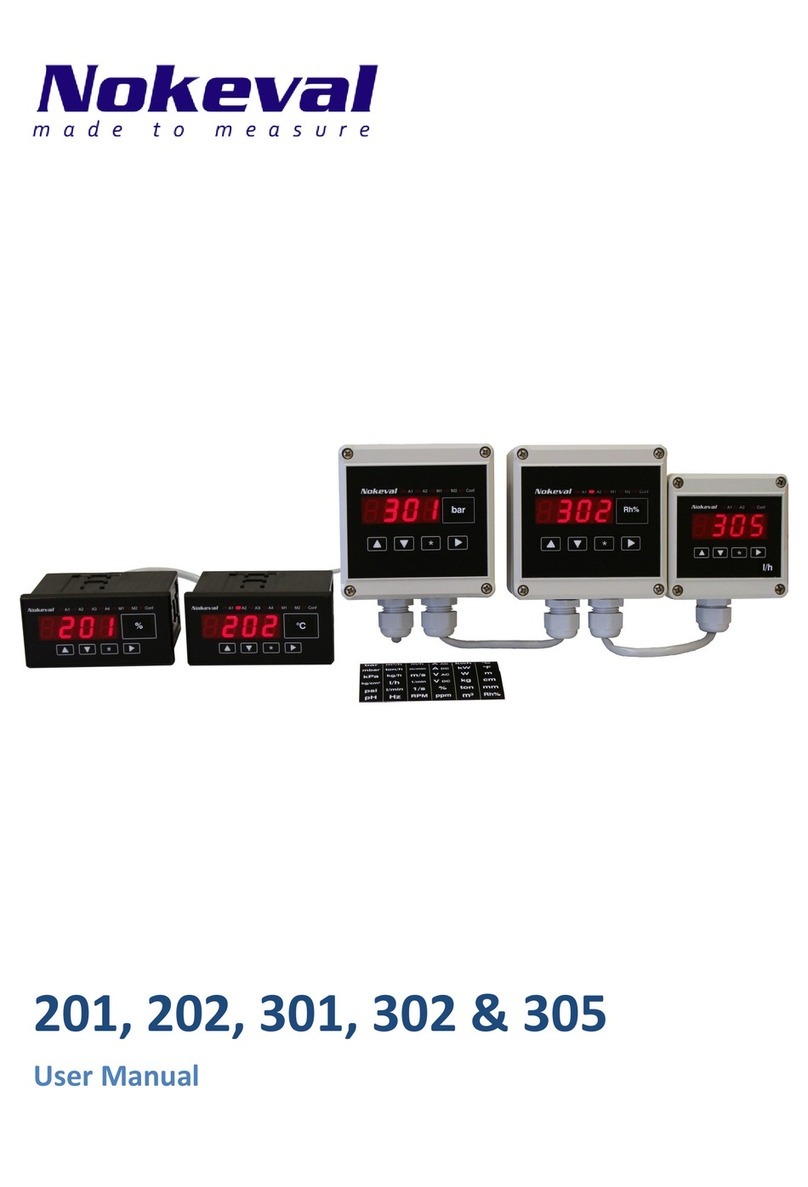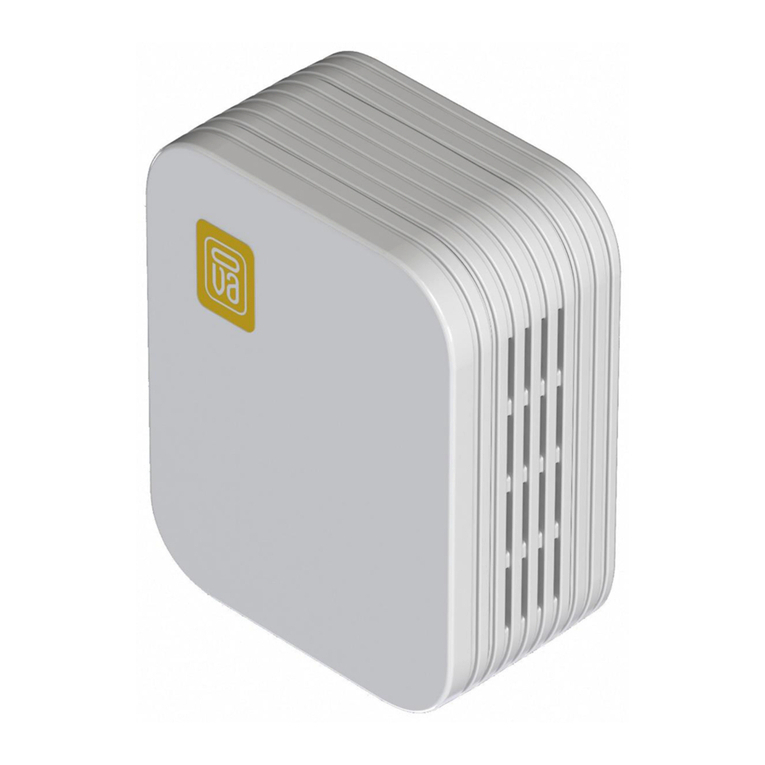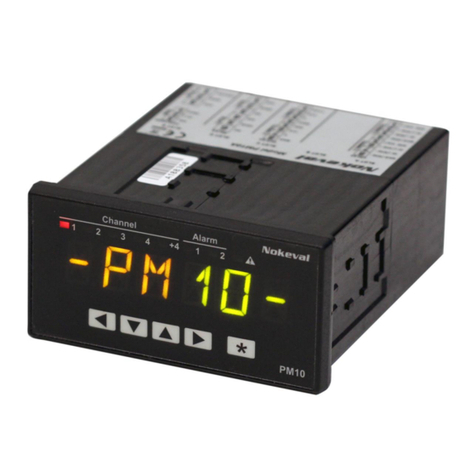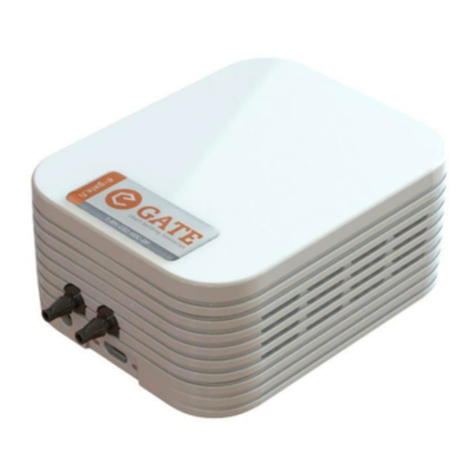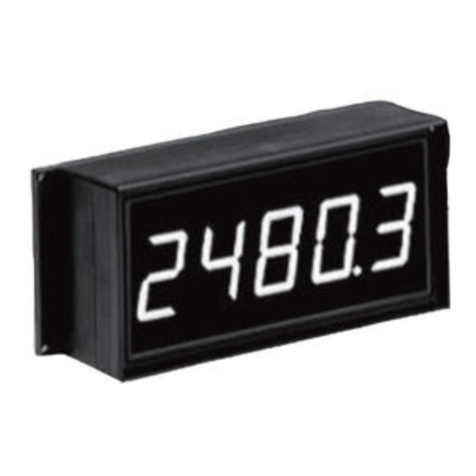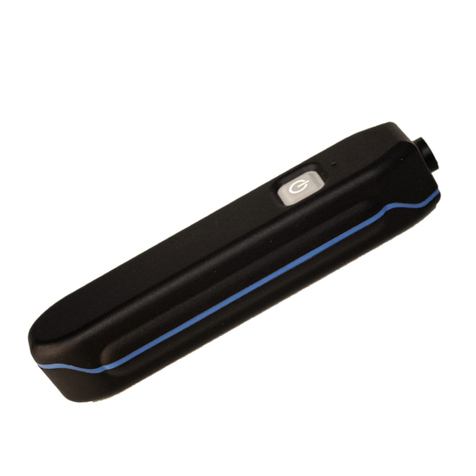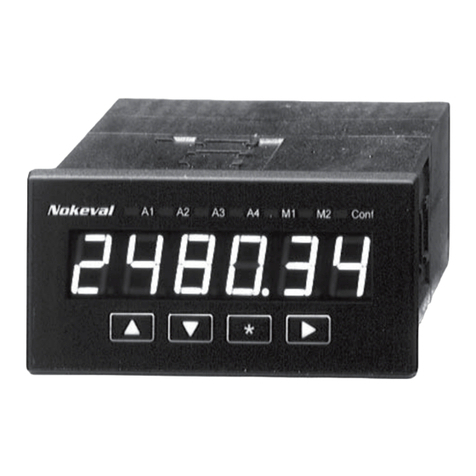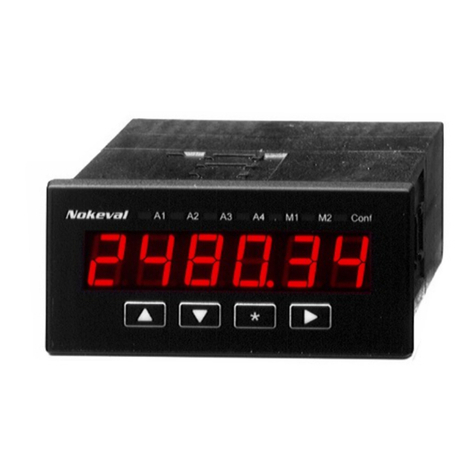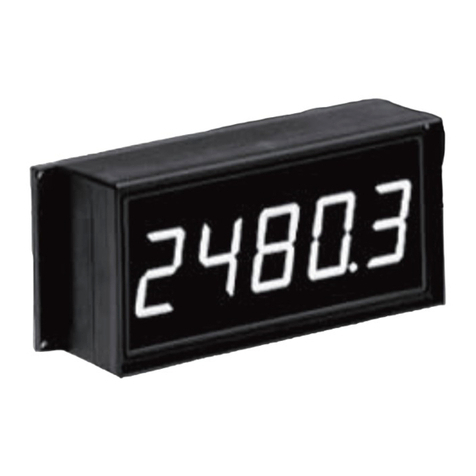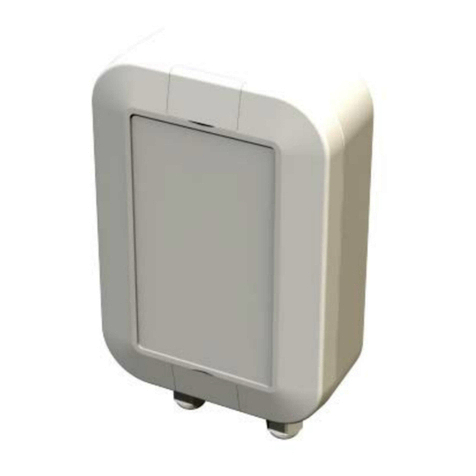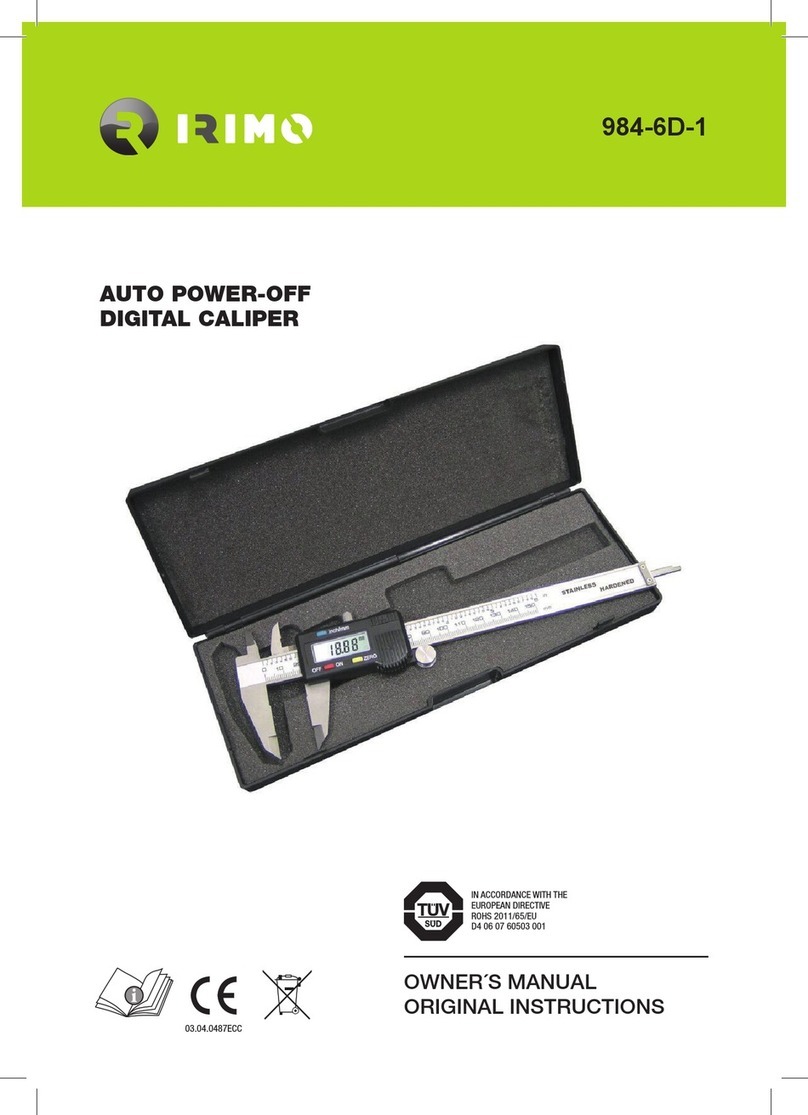
5 - Installation
signals usually have larger vertical dimensions than horizontal and thus leak the vertically polarized
signal from the vertically mounted antenna more effectively.
The antenna should never be installed flat against a conductive (metallic) surface. Direct contact of the
antenna with a metal surface heavily attenuates the transmission and dramatically reduces the range. If
possible, there should be an air gap of at least one or two centimeters all around the antenna. Practical
experience has however shown that radio reception has been flawless from a transmitter completely
covered in frozen vegetables for example.
One more factor that affects the final transmission range and performance is the local radio
interference and noise condition, caused by several different electrical devices. This should be seriously
considered in heavy industrial installation sites or any sites with lots of power electronics around, for
example power inverters and large electric motors. At least the radio receiver should be located as far
as possible from this type of radio interference sources.
In any case, it is worth considering the installation location from the radio technical perspective.
Measurement perspective
BEAT10-T and BEAT10-RHT must always be installed into the location whose temperature and/or
humidity is to be measured, because the devices measure their own internal temperature. The device
itself does not generate heat and therefore its internal temperature stabilizes very close to the ambient
temperature. The mass of the device causes a certain amount of delay and filtering from ambient
temperature changes. This is a designed feature that attenuates rapid temperature fluctuations that
could cause false alarms in the temperature surveillance system. Causes of these rapid temperature
fluctuations include opening doors, defrosting cycles, compressor operating cycles and persons moving
nearby. The 90% of the temperature response time for BEAT10-T ja BEAT10-RHT is about 15 minutes.
When choosing the installation location one must consider multiple effects affecting the temperature
distribution in the space. If the space has no forced air circulation, air tends to layer such that cooler air
is lower and warmer air is higher. Evaporators and fans blow cold air into their vicinity and on the other
hand mix the air. Doors, vents, lamps and other heat sources warm up their surroundings. The device
must be installed into a spot whose temperature follows as closely as possible to the temperature of
the target products in the same space. Therefore BEAT10 should not be installed:
•close to the floor or ceiling,
•onto the floor or ceiling,
•near the evaporator of a refrigeration unit,
•near the place where the cold/hot air flows from the evaporator/radiator,
•near a door or other opening and definitely not above one,
•close to a lamp or other heat source nor
•in a location where it is likely that the device will be covered up or get mechanically damaged.
A good installation location is:
•on a wall as far away as possible from the door and the evaporator/radiator,
•at a height of about 3/4 of the height of the space,
•and where people rarely move about,
•and where air can freely move around.
Opening the enclosure for installation
Open BEAT10 by holding it from the base of the enclosure and pulling the cover of the enclosure from
the middle. The enclosure will bend opening the latches in the edges of the enclosure and open the
enclosure. Put the cover of the enclosure carefully to a safe place.
